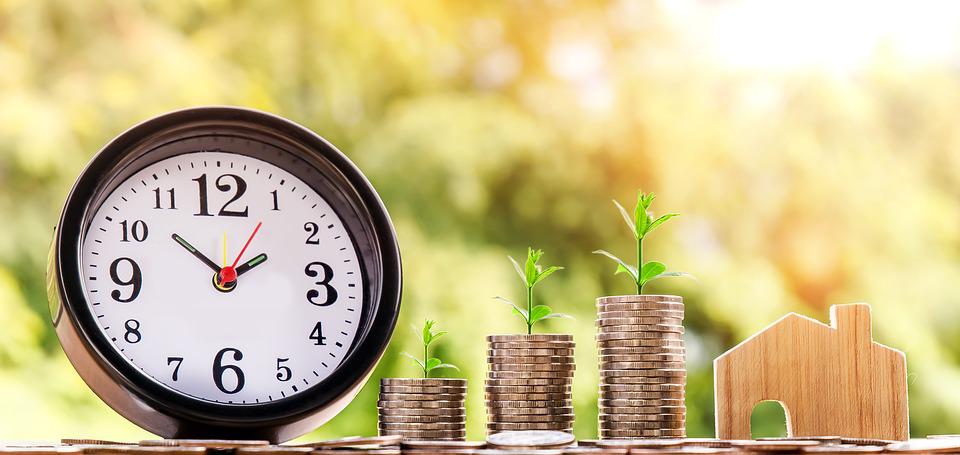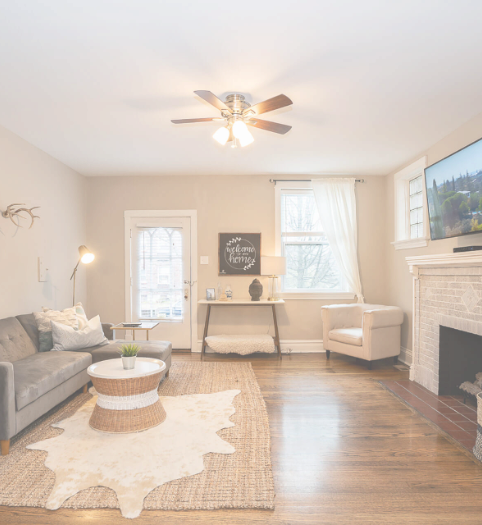Is Real Estate Investment Still A Viable Investment Strategy?
According to S&P CoreLogic Case-Shiller US National Home Price Index, home prices increased by 18.8% in 2021.
Zillow is predicting an overall 17.3% gain in 2022.
Real estate is a time-honored and tested investment. These unprecedented numbers have left investors and potential investors questioning their strategies. Is real estate still the same path to wealth that it always has been?
I think it is. Real estate is still forecast to continue appreciating. With interest rates rising, some buyers will be forced out of the market. This may provide an opportunity for others to purchase property without the fierce competition we have been seeing in the recent past.
Even in this volatile market, real estate remains one of the most stable ways to acquire wealth in both the short and long terms.
Both my inspiration and my passion for real estate investment are thanks to the book Rich Dad, Poor Dad by Robert Kiyosaki. This was the game-changer for me. It challenged me to look at money in a completely different way. Instead of the traditional viewpoint of us working for money, Rich Dad, Poor Dad teaches that money is, instead, here to work for us.
If you have not yet read Rich Dad, Poor Dad, I highly recommend it.
While acknowledging that there are many paths to financial freedom, for the purposes of this discussion, we are going to focus on real estate. By defining various strategies, I hope that I am able to help in the planning and execution of your investment goals.
Pros and Cons of Real Estate Investment
Pros
- Real estate investments provide a regular income
- Property values continue to appreciate
- Real estate investment maximizes capital through leverage
- Investors have many tax-deductible associated expenses
Cons
- Property management can be challenging
- Tenants occasionally damage properties
- Occasional vacancies reduce income
New Home Sales Prices
According to U.S. Census Bureau data, new home sales prices (historically a rough indicator for real estate values) consistently increased in value from the 1960s to 2006, before dipping during the financial crisis. Subsequently, sales prices resumed their ascent, even surpassing pre-crisis levels. Since 2020, home prices have increased 35%, though the long-term effects of the coronavirus pandemic on real estate values remain to be seen.
My Story
In 2008, I purchased my first two-family investment property to use as both my primary residence and a rental property. I paid $140k. Over the next two years, I invested my own time, energy, and whatever monies I collected from the rental back into the property. I improved the overall quality, design, and amenities. In return, I was able to increase the rent from $850/mo. to $1,250/mo per unit over the course of 3 years. When I sold the property, I saw a 6 figure gain over what I had originally paid for it.
If you’d like to get an idea of what kind of income you might see from an investment property, check out our rental income calculator.
Real Estate Investment as a Hedge Against Inflation
Most investors view real estate as a hedge against inflation.
- Interest rates are climbing. A natural reaction is that there is a drop in both sellers putting their homes on the market and buyers clamoring to purchase a home. If fewer people are listing their homes to a smaller pool of potential buyers, prices typically decrease to accommodate the market climate.
- As demand drops and sales decrease, we typically see an inverse increase in renting. This keeps the leverage in the landlord’s court for deferring the rising cost to the tenants while reaping the reward of increased home values over the long term.
- Investors use real estate as a hedge against inflation by taking advantage of reasonable mortgage interest rates. They then pass rising costs on to tenants with higher rent prices, while benefiting from rising home values over the long term.
What is Your Exit Strategy?
It’s important to clearly define your exit strategy before you enter into any real estate contracts. Some of these strategies may include purchasing the property to renovate and sell for a profit (flipping), building new construction, wholesaling, or holding the property to collect rent.
To help you better understand these options, below is an in-depth discussion about flipping and wholesaling.
Flipping
- This is the purchase of a home with the sole intention of rehabbing and selling.
- Rehabbing typically takes anywhere between 60 days and 1 year.
- Most investors don’t factor a pandemic or a recession into their projected completion dates. This can cause unforeseen problems.
- If this happens, investors are left with the difficult choice of cutting losses and selling the unfinished property at a potential loss or converting their exit strategy to that of holding and renting.
Wholesaling
- This is a simultaneous purchase and sale arrangement in which the investor contracts with both a seller to purchase a property at below market value AND a buyer to purchase the same property at a profit.
Example:
A motivated seller agrees to sell a home for $100k. An investor agrees to purchase the home for this amount. The investor then markets the home to potential buyers and finds a buyer who will pay $110k. The investor may choose to either assign the contract to the new buyer OR remain on both contracts through the predetermined closing date.
On the closing date, the investor first signs the contract to purchase the property for 100K and then simultaneously signs the contract to sell at $110k, netting a profit of $10k without tapping credit or money.
Stay Tuned…
In our next installment of the Real Estate Investment blog series, we’ll be covering the principles of BRRR (Buy, Renovate, Refinance, Repeat).




